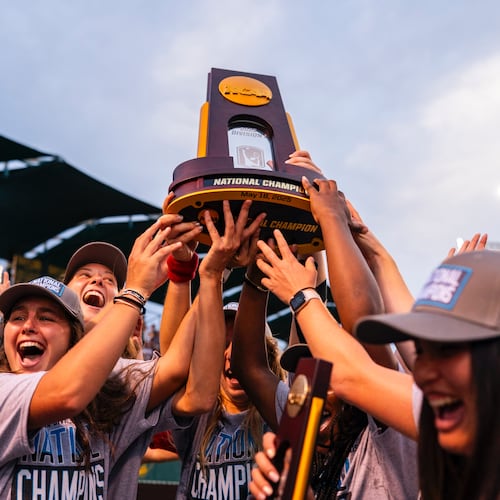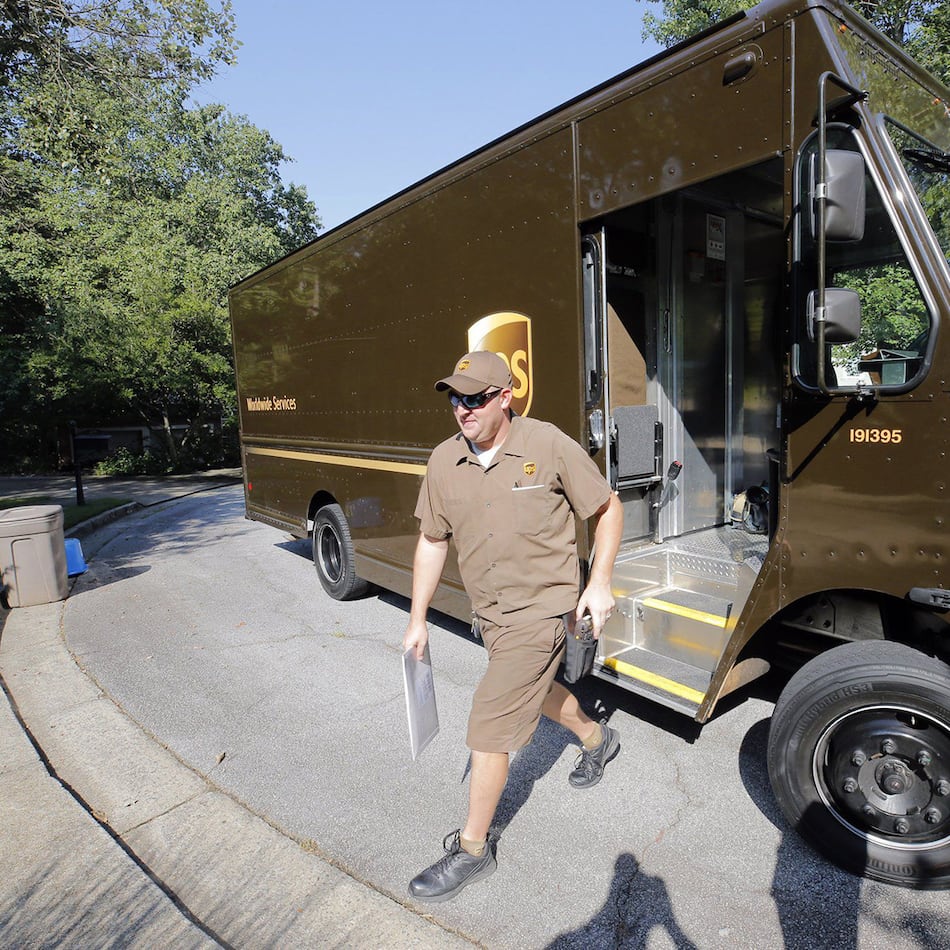While the world was slogging through the pandemic, Cumming’s Pratima Yellayi was looking ahead — imagining a future where young Georgia girls are physically active and empowered.
Collaborating with 13 girls from across the state, then fifth-grader Pratima helped to launch GEM, the Girls Empowering Movement, with the goal of turning out healthier, more active middle school girls.
The mission? Empower girls to take charge of developing and running physical activity programs.
Credit: Photo courtesy of HealthMPowers
Credit: Photo courtesy of HealthMPowers
Since 2021, over 18,000 girls have become leaders or participants in GEM programs at local schools, Boys and Girls clubs, and Girl Scout troops. Thousands more have been exposed to GEM at health and fitness summits, primarily at the University of West Georgia, 50 miles west of Atlanta.
GEM is part of HealthMPowers, a nonprofit started 25 years ago by Andy Isakson, brother of the late U.S. Sen. Johnny Isakson, and another parent, who were concerned about the health of Georgia’s children.
Initially, HealthMPowers was focused on education and training on subjects from physical activity and nutrition education to injury prevention and the hazards of alcohol, tobacco and drug use. But as childhood obesity skyrocketed, the organization pivoted, pushing harder to boost kids’ physical activity through programs like GEM. Pratima and the 13 other girls signed on to help.
Credit: Logo courtesy of HealthMPowers, Inc.
Credit: Logo courtesy of HealthMPowers, Inc.
Jennifer L. Owens, president and CEO of HealthMPowers Inc. in Norcross, says the shift came 10 or 15 years ago when they realized that “we can’t just educate our way out of this issue.”
They decided that kids would be better at inspiring their peers than adults, she said.
“We really transitioned in our work to building up kids as the leaders and using them to inspire other kids to make healthy choices,” Owens said.
Credit: Photo courtesy of HealthMPowers, Inc.
Credit: Photo courtesy of HealthMPowers, Inc.
In GEM’s first year, all meetings were virtual because of COVID-19. Yet, program participants reported a 51% jump in daily physical activity, according to HealthMPower’s website.
Pratima said the program, which has been supported by Falcons owner Arthur Blank, has had far-reaching effects. For instance, the program was able to purchase gym equipment for some South Georgia schools for use by GEM members of all abilities, she said.
Pratima said she sees GEM as “a sisterhood more than just a program” and believes it has given its members “the ability to spread their voice in their community.” She remembers one GEM member telling her that she had successfully campaigned for 30 minutes of physical activity to be added to the school day.
“I’m 110% confident GEM is getting girls moving,” she said. “Kids have told me how they have started trying different sports and are pushing themselves out of their comfort zones. They also have more respect for themselves and their bodies.”
Credit: Photo courtesy of Pratima Yellayi
Credit: Photo courtesy of Pratima Yellayi
For Pratima, a longtime GEM leader, pushing physical activity wasn’t much of a stretch.
Now a junior at South Forsyth High School in Cumming, Pratima has been involved through the years in sports and physically challenging activities — including ballet, jazz, tap, hip-hop, tennis and basketball.
Pratima said her mother, a nationally ranked baseball and softball player in her homeland of India, always encouraged her to find a sport that she could excel at, love and find peace in.
For Pratima, it is running.
“I fell in love with it immediately,” said Pratima, now a member of her school’s varsity cross country and track teams. “I said: ‘This is my sport. This is my rodeo.’”
She said she also loves that running is a very accessible sport.
“You don’t need anything but tennis shoes, and you can do it anywhere you want,” Pratima said.
Getting youngsters to build physical activity into their daily lives is challenging. According to HealthMPowers data, only 51% of fifth graders have healthy aerobic capacity, a measure of the ability of the heart, lungs, and muscles to perform sustained physical activity. The number drops to 31% by 12th grade.
Though Pratima has moved beyond middle school and become less involved in GEM day-to-day, she’s stayed connected — serving on HealthMPowers’ board of directors and its youth advisory board.
Her future? For now, she hopes it will be college, medical school, and a career as a clinical psychiatrist.
She’s still ensuring kids know the importance and fun aspect of physical activity.
For the last two summers, she distributed flyers in her community and invited children to participate in a summer running club. Each day, participants run 2 miles. On Fridays, she hands out healthy treats and praises the youngsters for their hard work.
“It absolutely made my summer 100 times better,” Pratima said. “It was just a great experience for me being a coach.”
-----------------------------------------------
To learn more about GEM, the Girls Empowering Movement, go to gempower.org.
To learn more about HealthMPowers Inc., go to healthmpowers.org.
--------------
What the CDC says about children’s need for physical activity
- Children 3 to 5 need to be active throughout the day for growth and development. Adult caregivers should encourage play activities, such as jumping or riding a tricycle.
- Children and adolescents, ages 6 to 17, need to be active for at least 60 minutes every day. Most of the daily 60 minutes or more should include activities such as walking, running, or anything that makes their hearts beat faster. At least 3 days a week should include muscle-strengthening activities such as climbing or pushups, and bone-strengthening activities, such as jumping or running, should also be done at least three days a week.
Source: Centers for Disease Control and Prevention Child Activity: An Overview | Physical Activity Basics |
About the Author
Keep Reading
The Latest
Featured







